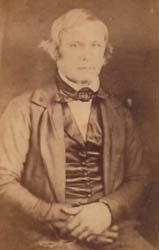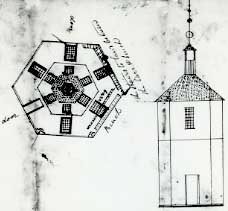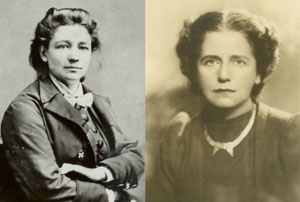
Felix Settle, master gunsmith
When smallpox swept through Barren County, Kentucky in 1808, one of its victims was 38-year-old William Settle, the county’s first gunsmith. But his third son, Felix Settle (1801-1871), took up his father’s trade, establishing a rifle shop in Roseville, then in Glasgow. After learning the business from their father, Felix’s sons Simon Settle and Willis F. Settle made guns in Greensburg, Glasgow, Hiseville and Russellville.
Today, a historical marker in Barren County commemorates three generations of Settle gunsmiths, and a rifle bearing the “SETTLE” mark is a prize for collectors. Some say that Felix Settle was one of the best rifle makers in the country, but Felix’s great-grandson maintained that it was Simon Settle who had no equal in the manufacture of muzzle loading (cap and ball) rifles. Of the three in his collection, he said: “They are neatly made, perfectly balanced, finely inlaid, and shoot true to the mark today [1943]. They are indeed a work of art.”
In addition to several Settle rifles in its collection, WKU’s Special Collections Library has more information on the family and its gunsmiths in the Settle-DeWitt Family Papers. Click here to download a finding aid.









